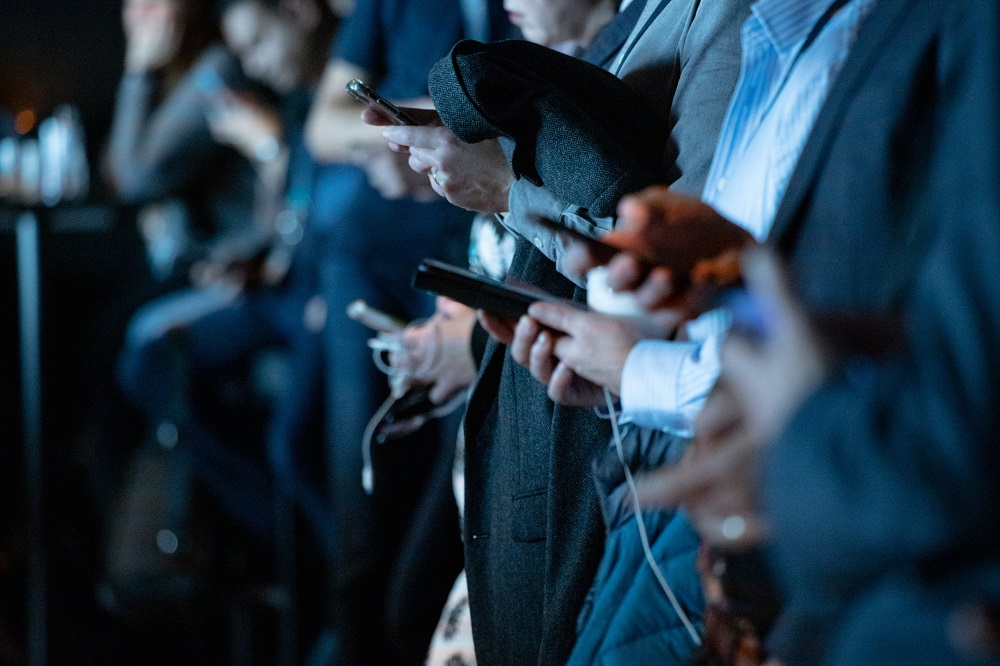
Misinformation has cost us all a lot of time and is increasingly costing us more.
Two major issues, COVID-19 and climate change are being exacerbated by leaders and supporters who don’t have the facts to base their choices. In the case of climate change, this has led to continued failure to put in place transformative corrective measures. The current weather patterns, floods, and droughts aren’t cyclical. Trends show the changes are off the cyclical charts and in many cases more severe than scientists previously predicted. We’ve been transformative, but in the wrong direction. Human generated carbon levels were discussed over 15 years ago by Al Gore in An Inconvenient Truth. Positive actions have been taken, like raising Corporate Average Fuel Economy standards, but frequently are weakened or diluted. Where one administration takes a hard-ish stand, the next reverses it. This can’t be done without political support of the voter. We have lost significant time when we could have been making progress. Some reports now have us running out of time. Others, say it’s already too late and we can only make defensive adjustments now.
How does this happen?
Misinformation. At the most fundamental level, you and I are wasting valuable time because we are misinformed. Who has time to read every scientific report? To save time we depend on experts and journalists to impart the most important and urgent information to us. Misinformation isn’t old. Merriam-Webster sites the word’s first use in 1605. The handbills, postal messages, and word of mouth of the Hamiltonian era have evolved into social media’s immediate delivery to millions of readers. In the past, the news cycle provided some time for editing or digestion. Until cable news began its 24/7 broadcasting, you had a national evening newscast that had 23.5 hours to assess what changed since the last broadcast. Newspapers’ daily deadline would provide a day of deliberation before we received updates. Now; the infinite scroll, unfiltered sharing, and the device buzzing for our attention in our pockets and purses leaves little time for consideration.
Misinformation defeats us when we so casually share it. How do you make sure you have credible information? It takes some time, but is minimal compared to the lost opportunity costs burgeoning misinformation produces.
- Limit social media - We’re discovering that social media companies in their pursuit of business success have been cavalier about the effects of their media. I recently took my first break since 2007 of a popular sharing app. I haven’t missed it. I do miss following a few people on it, but I reach out to them directly now. I have less anxiety as I’m exposed to fewer doomsday headlines that drive traffic. Instead of using social media as a newspaper replacement, I pick a couple credible news sites to review stories from. Their scrolls aren’t infinite and I have also recovered time.
- Find reliable sources - Credible news sources make mistakes occasionally. When they do, they tell you and make corrections. Too much of the data we get these days are from unchecked sources. Who is the author? What else have they written? What is their background? Is this source striving to be a credible news provider or is it an opinion site using emotion to drive pageviews? I found two charts that helped me to understand whether an information source was biased, The Media Bias Chart from Ad Fontes Media and the All Sides Media Bias Chart. Neither are perfect but I find them a good tool to use in evaluating sources. In addition to the centrist, reliable sources, I like to include a couple of highly credible sources from the right and the left ends of the chart.
- Own what you share – I imagine I’ll go back to a social media platform to share stories again. In the past, I’ve caught myself almost forwarding a story about a death that seemed current but was from 3 year earlier. When you do decide to share information, in addition to the source’s credibility, make sure you check its date and whether there have been any updates. Your likes and your shares are your personal brand.
- Confirmation bias – one of the benefits of social media has been more posts on things I enjoy like kayaking or animation. In the realm of participating in our democracy, this ends up feeding us what we want to hear and in some cases what gets us angry enough to engage. It seems to be getting harder to find well thought-out ideas that don’t immediately get assigned to left or right. In fiction, the willful suspension of disbelief is required to enjoy a book where the character has super powers or where there is an alternate history. In our current climate of ideas, we need to suspend our positions and consider things that do not align with them. If the author is thoughtful and using facts, not misinformation, we may find a shorter route to solving some of the issues that face us.
Misinformation is definitely costing us money, but also an even more valuable resource – time. We are not coming together to solve issues in our society. When issues emerge or re-emerge as encapsulated by Black Lives Matter, they are taken seriously at the beginning, until partisan elements use misinformation and disinformation to freeze action.
It’s been a long two years of pandemic. The U.S. leads the world in COVID deaths. The past and current administrations did amazing work with the pharmaceutical industry to get vaccines to market quickly. Unfortunately, misinformation has led many to question becoming vaccinated. Dr. Ngozi Ezike said in the recent Community Health Roundtable that Illinois is near a 70% vaccination rate. The quicker the world reaches that rate the sooner pandemic measures will end and our economy can operate without restraint. Ezike went on to say many places, like countries in Africa, are below a 2% vaccination rate. COVID is likely to go on a lot longer as misinformation about the effectiveness of the vaccine and the need to get it to other countries confuses people’s resolve.
Although I’ve been vaccinated and received a booster, I am anxiously waiting for a children’s version of the vaccine to be approved so my 11-year-old can be a tweenager and be able to feel confident getting out in public.
Please use NPR Illinois or the credible media of your choice to inform your decisions and learn more about how COVID and misinformation is impacting us at the next Community Health Roundtable, November 19, from noon to 1 p.m.
__________
If you have questions, feel free to connect with us and request more information!
__________

Randy Eccles became NPR Illinois general manager in 2013 after serving as development director since moving to Springfield in 2008. In 2014, Randy led the team that added Illinois Issues into the NPR Illinois portfolio and transitioned its reporting into audio/digital distribution. Randy previously worked at KTAR in Phoenix and WGN in Chicago in programming and marketing management after producing talk shows and sports coverage. He also served in management and news stints at student-run stations WHFH, WONC, and WUEV. Born in Hinsdale, he was raised by teachers in south suburban Glenwood and spent a lot of time at the family farm in Industry, Illinois (south of Macomb).